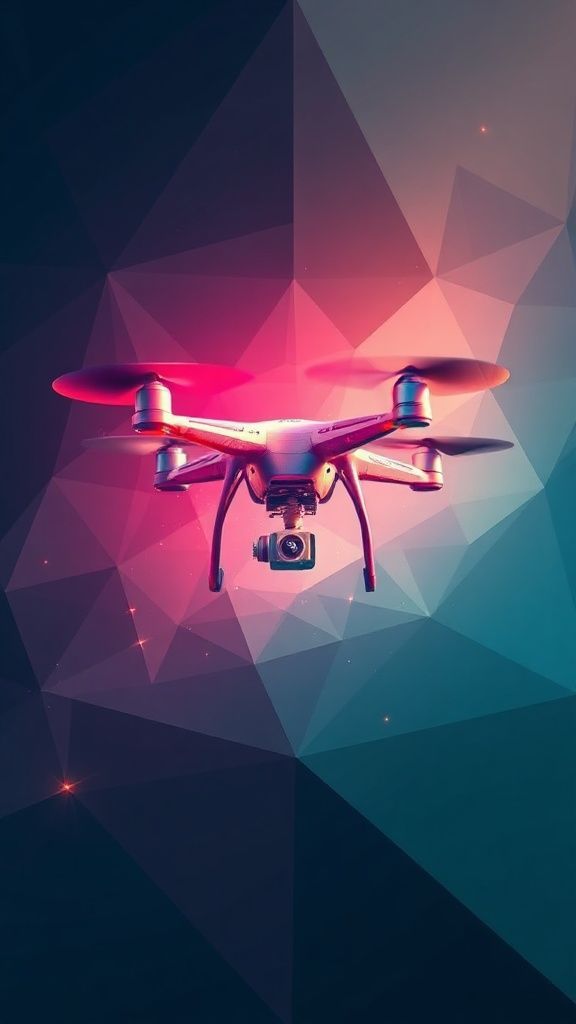Eus Drone Defense Plan Hits Snag As Nato Missed Opportunity
The European Union’s drone defense roadmap has taken a critical misstep by limiting …
07. November 2025

Polish Border Seize Drone Smuggling Cigarette Packs from Belarus: A Growing Concern for European Security
A recent operation by Polish border guards intercepted a drone loaded with approximately 400 packs of cigarettes believed to have been smuggled from Belarus. The discovery was made in a wooded area near the town of Krynki, in Poland’s eastern Podlaskie province, after a local resident alerted authorities. This incident marks the latest in a string of eighteenth instances this year where drones have been used to smuggle cigarettes across the Polish-Belarusian border.
The seizure was made possible by a tip from a concerned citizen, who reported seeing the drone flying over the area. Police, firefighters, and border patrol officers were quickly deployed to the scene, where they found the drone and its illegal cargo. Officials confirmed that all cigarette packs bore Belarusian excise stamps, suggesting that the drone had crossed the border carrying contraband.
This incident highlights the growing sophistication of smuggling operations in Eastern Europe. Smugglers are increasingly turning to advanced aerial methods to evade traditional checkpoints and surveillance systems. The use of drones and balloons has become a popular tactic, with smugglers using them to transport goods valued at roughly 3.4 million zlotys (about 921,528 USD or 800,000 euros).
The rise in drone-based smuggling operations has prompted concern among border agencies, which are working to strengthen airspace monitoring. Authorities have confirmed that 29 individuals linked to these smuggling networks have been arrested so far.
To combat this issue, the Polish Border Guard Service has increased its efforts to monitor the skies above Poland’s borders. The service has also implemented new technologies, such as drone detection systems and thermal imaging cameras, to help identify potential smuggling attempts.
However, the problem extends beyond Poland. Neighboring Lithuania has faced repeated airspace incursions by smuggling drones and balloons, forcing temporary airport closures in recent weeks. Lithuanian Prime Minister Inga Ruginienė stated that the nation’s armed forces are now authorized to shoot down such aerial objects.
These incidents come amid heightened regional tensions, as NATO members have recorded multiple Russian drone and jet intrusions into EU airspace. In September alone, more than 20 Russian drones reportedly entered Polish skies in a single night, raising further alarm over border security.
The use of drones for smuggling operations is not unique to the Poland-Belarus border. Similar incidents have been reported along other EU borders, including those with Germany and Hungary. This has led to concerns that organized crime groups are exploiting the technology to smuggle goods across the continent.
Drone technology continues to evolve, but so do the ways it’s being misused. While drones can serve valuable roles in logistics, mapping, and emergency response, their growing use in smuggling operations poses real challenges for European security forces. Strengthening detection systems and international coordination will be key to keeping the airspace safe and ensuring that drone innovation remains on the right side of the law.
The European Union has taken steps to address this issue, including the establishment of a new border surveillance system to monitor airspace and detect potential smuggling attempts. The system, which is currently under development, aims to provide real-time monitoring capabilities for EU member states.
However, experts warn that more needs to be done to address the growing threat of drone-based smuggling operations. “The use of drones in smuggling operations is a complex issue that requires a coordinated response from governments and law enforcement agencies,” said Dr. Maria Rodriguez, a expert in drone technology. “We need to invest in new technologies and strategies to detect and prevent these types of incidents.”
As the situation continues to evolve, it’s essential that we remain vigilant and take proactive steps to address this growing concern for European security forces. By working together, we can ensure that drone innovation remains on the right side of the law and keeps our skies safe.
Citizens can play a crucial role in helping authorities detect and prevent smuggling operations by reporting suspicious activity and providing tips to local authorities. The incident also raises questions about the role of technology in modern-day smuggling operations. As drones become more advanced, smugglers are using them to transport goods with increasing ease, but authorities have access to new tools and technologies to detect and prevent these types of incidents.
In Lithuania, temporary airport closures have been reported due to repeated airspace incursions by smuggling drones and balloons. The nation’s armed forces are now authorized to shoot down such aerial objects, highlighting the need for a coordinated response from governments and law enforcement agencies.